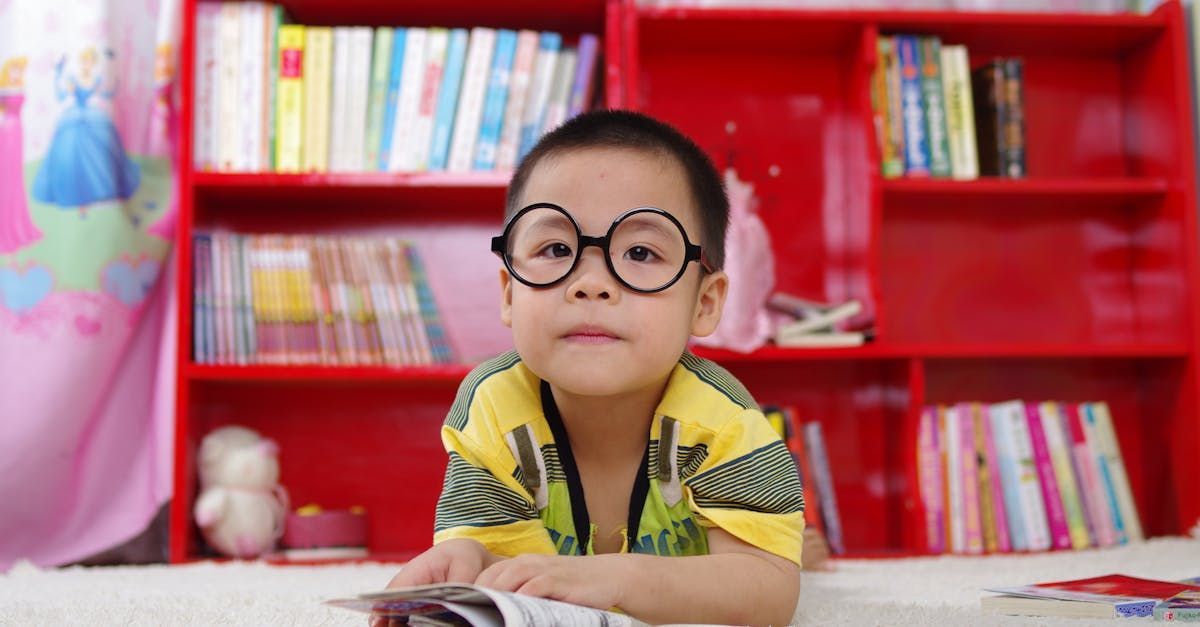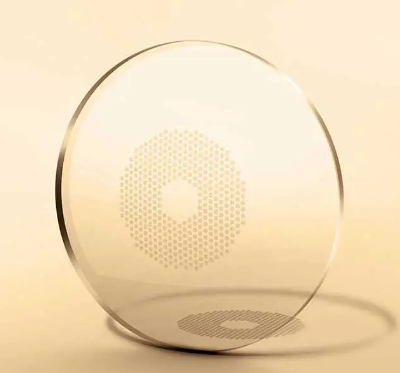Myopia (short-sightedness) Management
Let's talk about myopia!
Myopia, or short-sightedness, is a common vision condition where distant objects appear blurry while close objects remain clear. Over the past few decades, the prevalence of myopia has surged, especially among children and young adults. This trend is concerning because high myopia can lead to severe eye health issues later in life, such as retinal detachments, glaucoma, and cataracts. Fortunately, novel myopia control methods have emerged over the last few years to slow down the progression of this condition. We're big fans of being able to offer the latest technology here at Monocle Optometry!
What Causes Myopia?
Myopia typically occurs when the eyeball is too long. As a result, light entering the eye is focused in front of the retina instead of directly on it, causing distant objects to appear blurry. Genetics play a significant role—children with myopic parents are more likely to develop myopia themselves. However, environmental factors such as insufficient time outdoors (less than 2 hours per day) are increasingly recognized as key contributors to the rise in myopia rates.
.

Myopia Control Methods
We now have several options to curb myopia progression. While it’s not possible to reverse myopia, it can be slowed by about 60% by using any the following:
- Myopia Control Glasses: Lenses such as Hoya’s MiyoSmart lenses are an innovative spectacle lens option designed specifically for myopia control. These lenses incorporate D.I.M.S. (Defocus Incorporated Multiple Segments) technology, which creates a treatment zone on the lens surface that provides peripheral defocus, thereby slowing eye elongation. They are easy to adapt to and are a practical, non-invasive solution for children.
- Multifocal and Peripheral Defocus Soft Contact Lenses: These lenses are designed with different power zones that focus light in a way that reduces the stimulus for the eye to grow longer, which is a key driver of myopia progression. They are becoming increasingly popular due to their effectiveness and ease of use. Currently Coopervision's Misight and NaturalVue's daily multifocal lenses are excellent choices.
- Atropine Eye Drops: Low-dose atropine drops have been found to reduce myopia progression. Although the exact mechanism isn’t fully understood, studies suggest that atropine affects the eye's growth rate. The drops are typically administered before bed and have minimal side effects at low concentrations.
- Orthokeratology (Ortho-K) Lenses: These specially designed hard contact lenses are worn overnight. They temporarily reshape the cornea so that during the day, vision is clear without the need for glasses or contact lenses.
Why Myopia Control Matters
Slowing down the progression of myopia is critical to prevent future eye health complications, not to mention the annoyance of frequently having to update glasses! High myopia significantly increases the risk of sight-threatening conditions. By intervening early with myopia control strategies, we can reduce these risks and improve long-term eye health!

Hoya's Miyosmart lens - a real game changer!
We've found that most children stop progressing once they've made the switch. And don't worry, you can't see those spots :)



